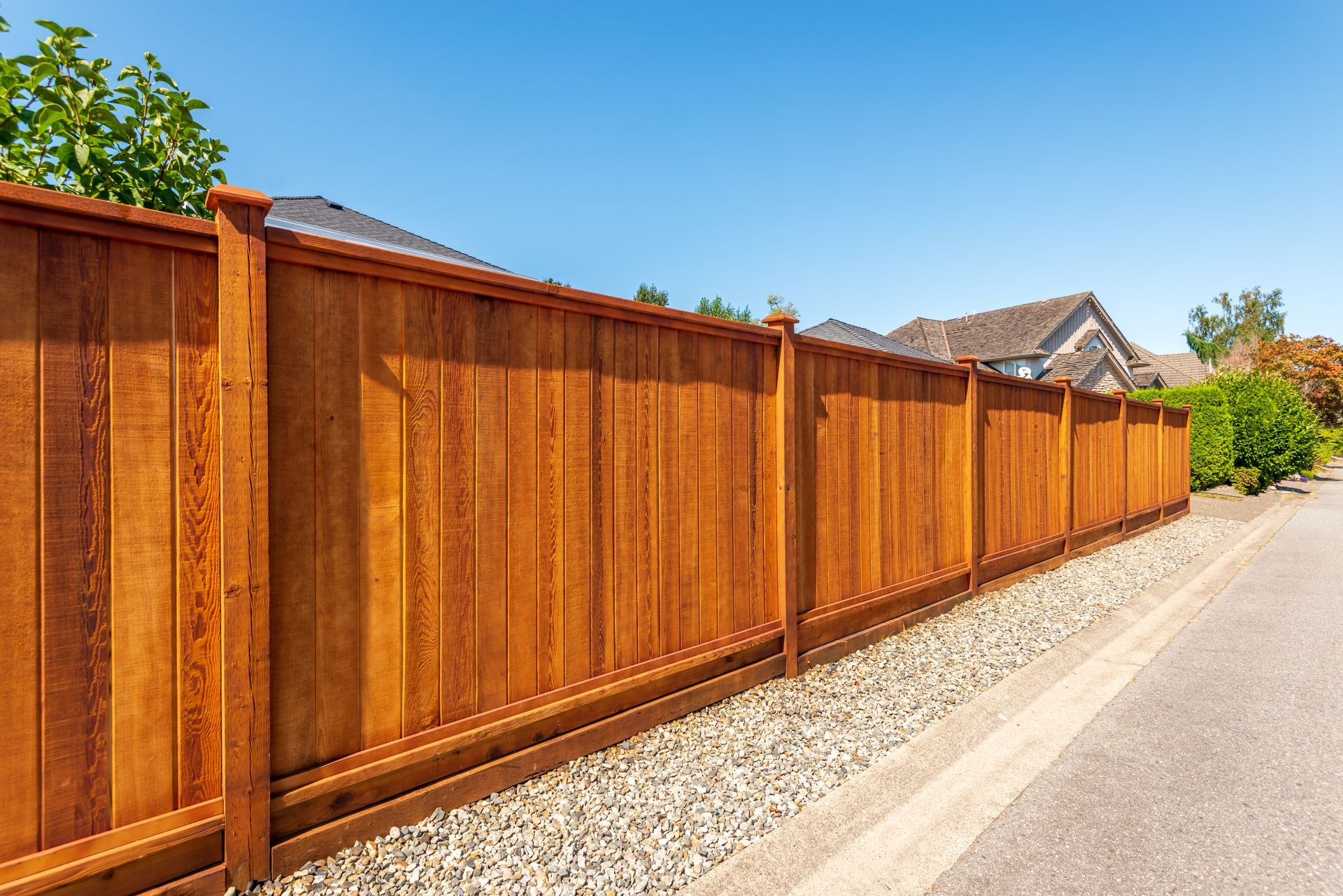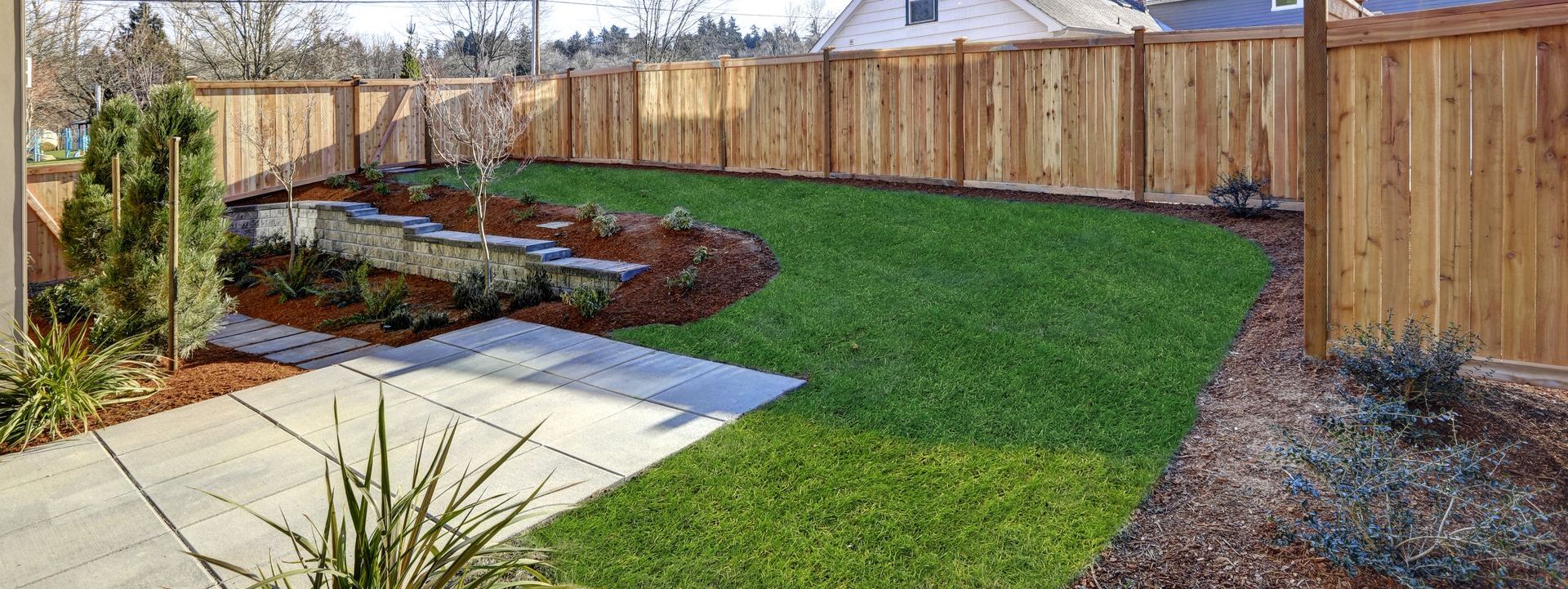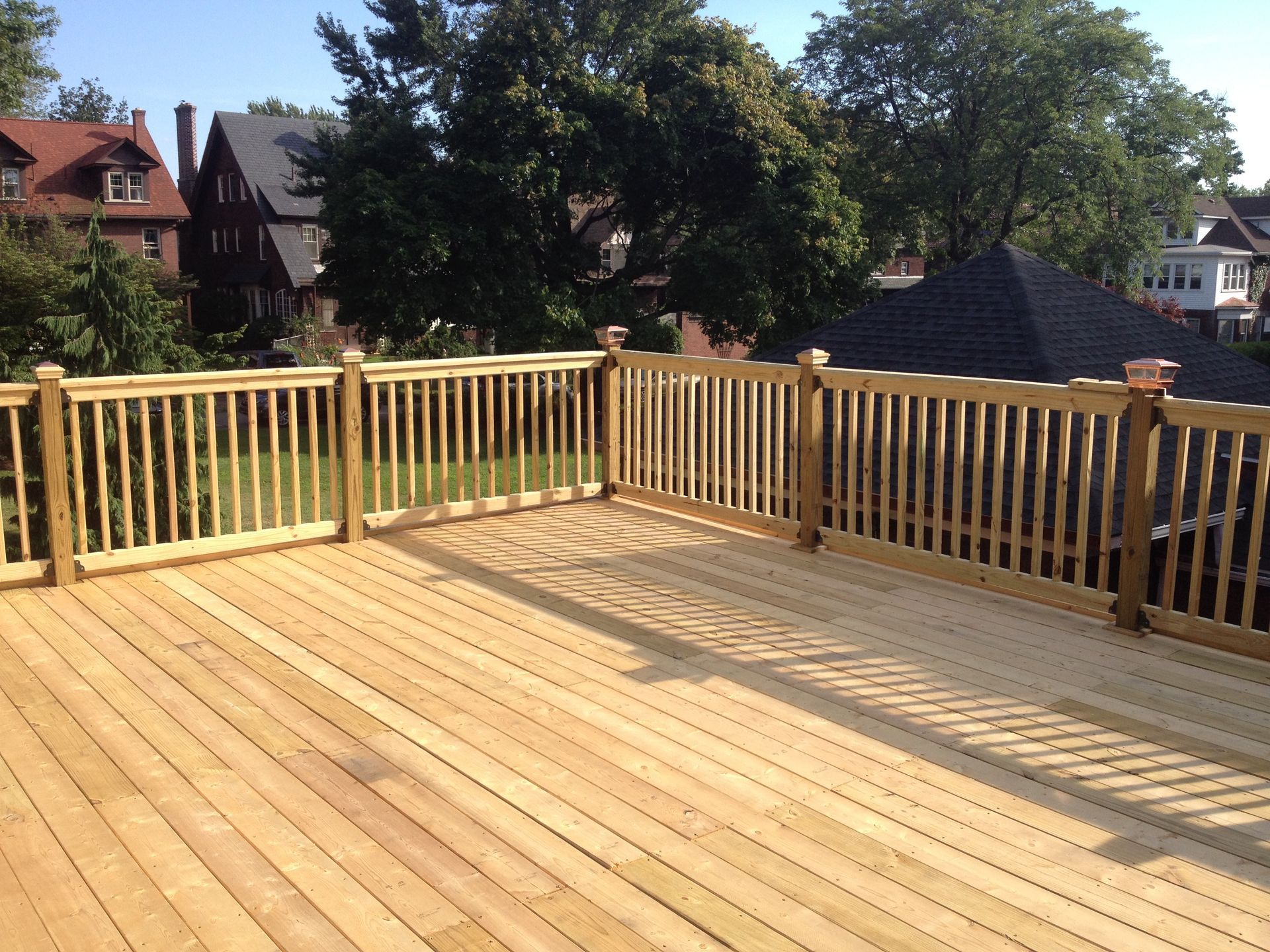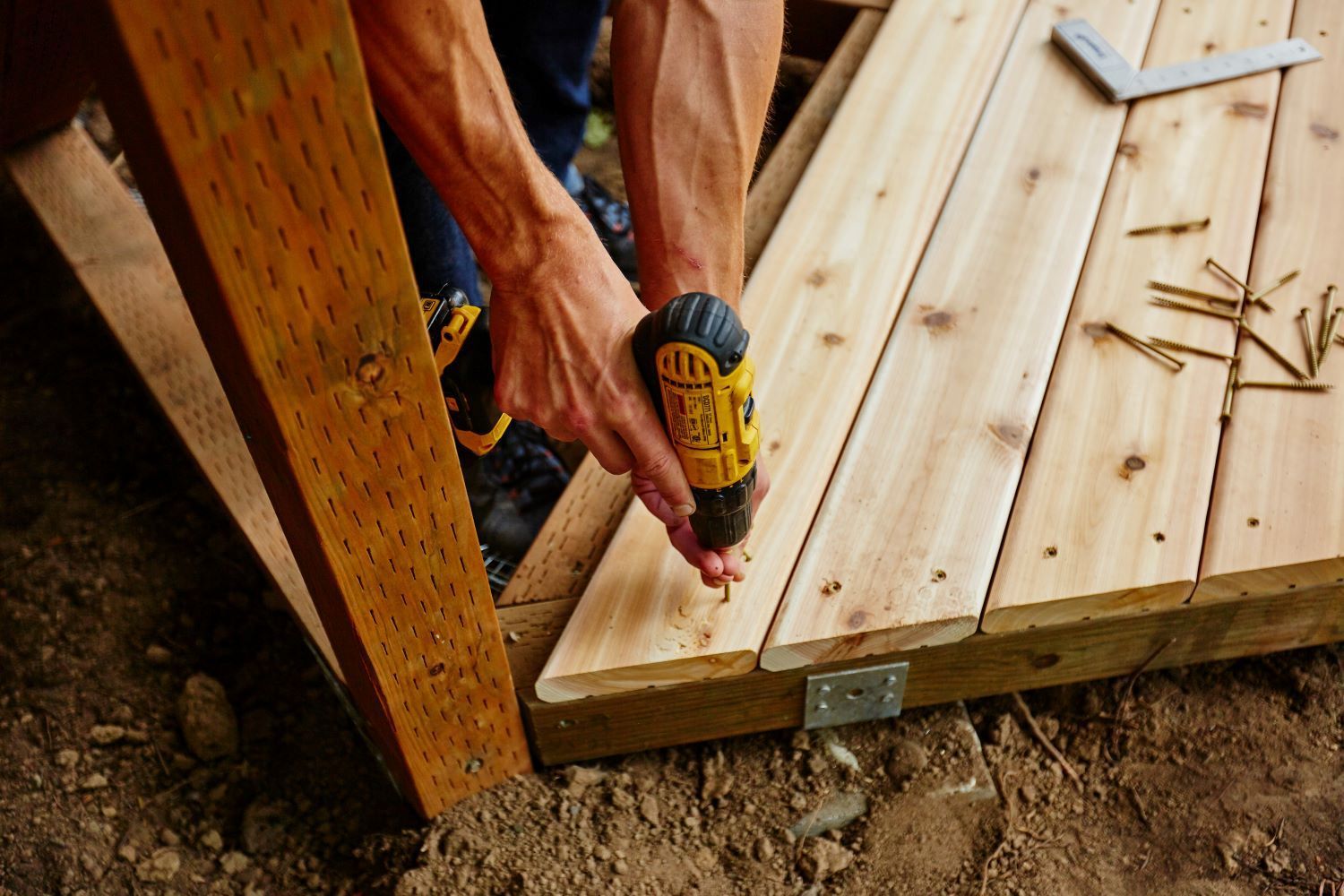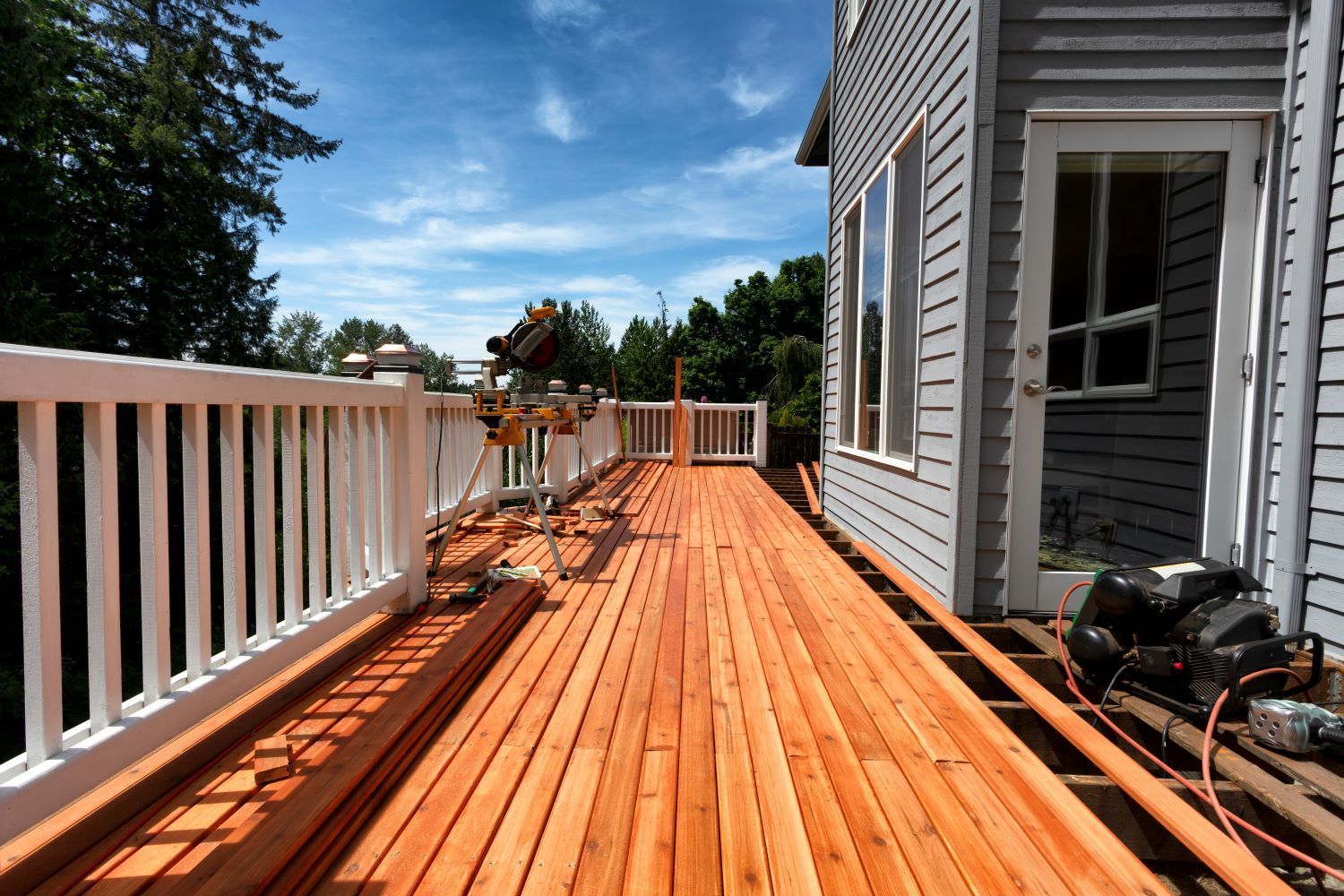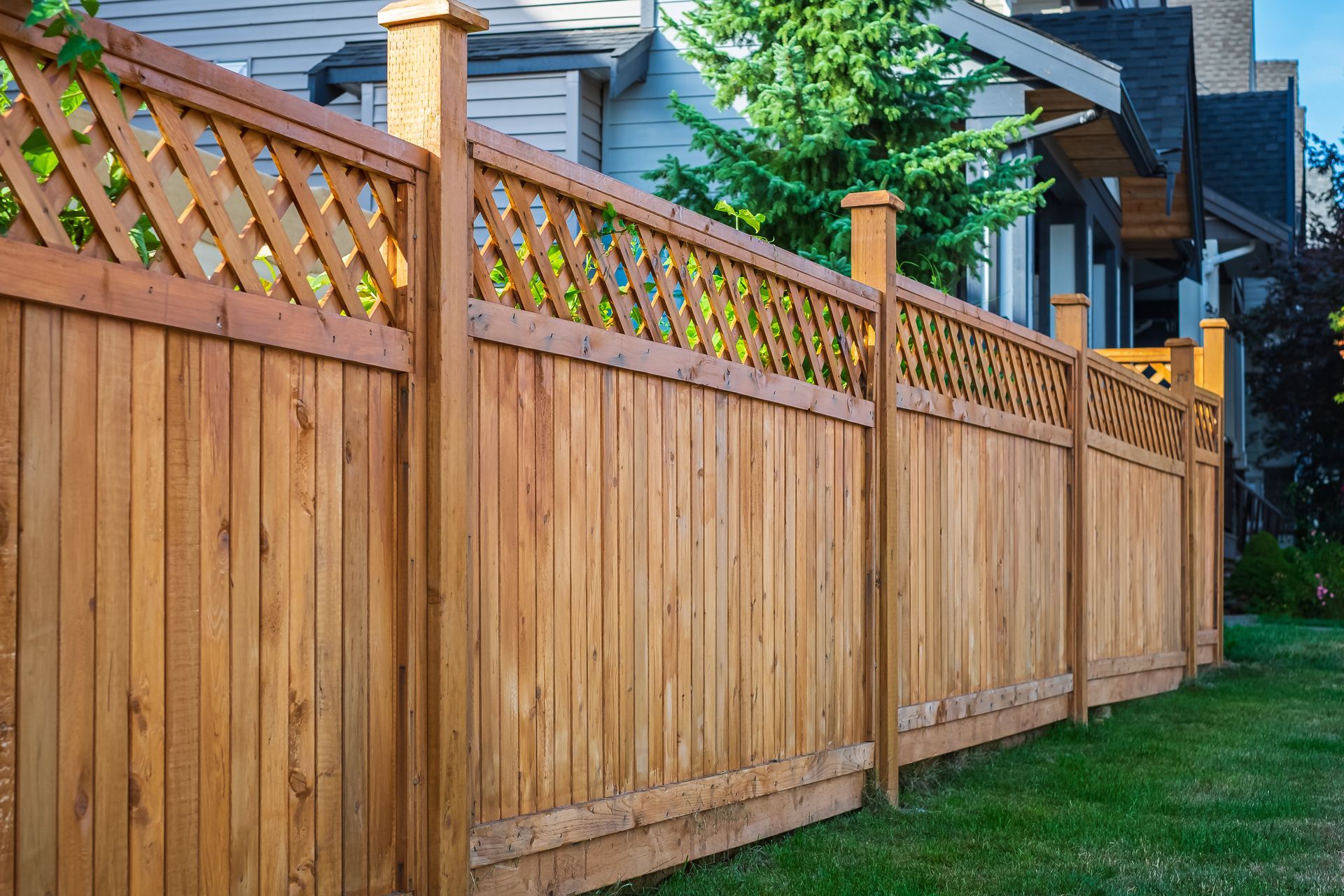Common Types of Deck Damage
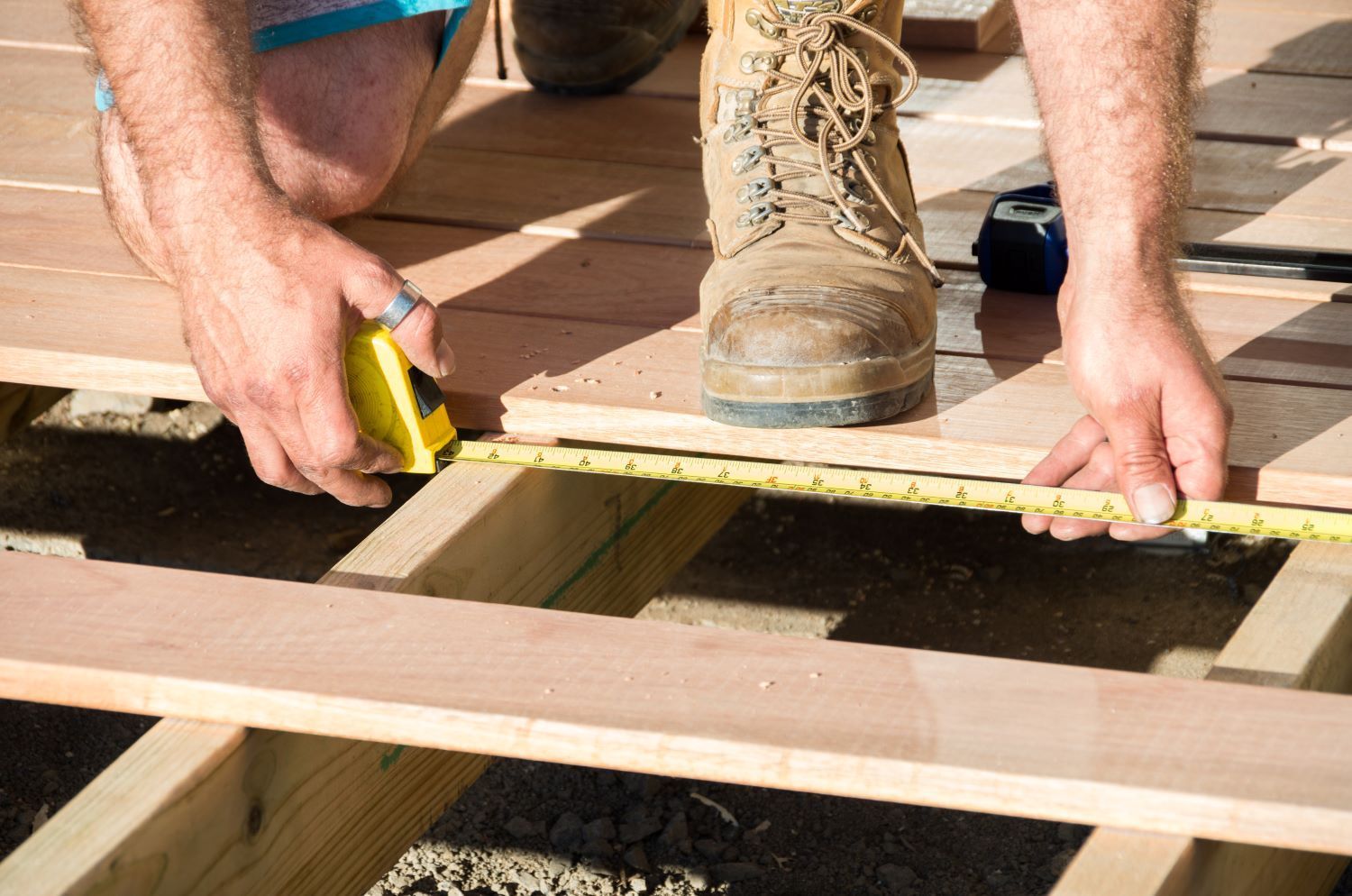
Your deck is a cherished outdoor space, perfect for relaxing, entertaining, and enjoying the beauty of your backyard. However, like any part of your home, it requires regular maintenance and occasional repairs to keep it safe and looking its best. At Deck and Fence London, we understand the importance of a well-maintained deck and are here to help you identify and address common types of deck damage.
1. Wood Rot
What It Is
Wood rot is a type of fungal decay that occurs when moisture penetrates the wood, breaking down its fibers and structural integrity. It is particularly common in older decks and those that have not been properly sealed or maintained.
Signs of Wood Rot
- Soft or Spongy Wood: Wood that feels soft to the touch or can be easily punctured with a screwdriver.
- Discoloration: Dark spots or streaks on the wood surface.
- Cracks and Splinters: Wood that cracks or splinters easily.
Prevention and Repair
- Regular Sealing: Apply a high-quality sealant annually to protect the wood from moisture.
- Replace Rotted Boards: Remove and replace any affected boards promptly to prevent the rot from spreading.
- Proper Ventilation: Ensure there is adequate airflow around the deck to keep it dry.
2. Cracks and Splits
What It Is
Cracks and splits can develop in the wood over time due to weathering, drying, and regular use. These can range from minor surface cracks to deep splits that affect the deck's structural integrity.
Signs of Cracks and Splits
- Visible Gaps: Noticeable lines or gaps in the wood surface.
- Splintered Edges: Edges of the boards may start to splinter and peel away.
Prevention and Repair
- Regular Inspections: Check your deck regularly for any signs of cracking or splitting.
- Fill Minor Cracks: Use wood filler or epoxy to fill small cracks.
- Replace Severely Damaged Boards: Boards with deep splits or extensive damage should be replaced.
3. Loose or Corroded Fasteners
What It Is
Fasteners such as nails, screws, and bolts can become loose or corroded over time, compromising the stability of your deck. Corrosion is particularly problematic in decks exposed to moisture and those made with certain types of wood.
Signs of Loose or Corroded Fasteners
- Wobbly Boards: Deck boards that move or shift underfoot.
- Rust Stains: Visible rust or discoloration around metal fasteners.
- Protruding Nails or Screws: Fasteners that are not flush with the wood surface.
Prevention and Repair
- Use Corrosion-Resistant Fasteners: Opt for stainless steel or galvanized fasteners that resist rust.
- Regular Tightening: Check and tighten all fasteners periodically.
- Replace Damaged Fasteners: Remove and replace any fasteners that are corroded or damaged.
4. Fading and Discoloration
What It Is
Exposure to sunlight, rain, and temperature fluctuations can cause your deck's color to fade and become uneven over time. This is particularly common with wood decks, but composite materials can also experience some fading.
Signs of Fading and Discoloration
- Uneven Color: Areas of the deck that are noticeably lighter or darker than others.
- Surface Dulling: A general loss of the wood's natural sheen or color.
Prevention and Repair
- Apply UV-Resistant Sealant: Use a sealant with UV protection to slow down the fading process.
- Regular Cleaning: Clean your deck regularly to remove dirt and debris that can cause discoloration.
- Staining or Painting: Re-stain or paint your deck to restore its original color and protect it from further damage.
5. Warping and Cupping
What It Is
Warping and cupping occur when deck boards bend or curve due to uneven moisture absorption. This can lead to an uneven surface that is not only unattractive but also potentially hazardous.
Signs of Warping and Cupping
- Curved Boards: Boards that are no longer flat and have a noticeable curve.
- Raised Edges: Edges of the boards that are higher than the center.
Prevention and Repair
- Proper Installation: Ensure boards are installed with the crown side up and with proper spacing to allow for expansion and contraction.
- Sealing All Sides: Seal the boards on all sides before installation to minimize moisture absorption.
- Replace Warped Boards: Remove and replace any boards that have significantly warped or cupped.
6. Insect Damage
What It Is
Wood-boring insects such as termites and carpenter ants can cause significant damage to your deck by eating away at the wood. This can compromise the structural integrity of your deck if left untreated.
Signs of Insect Damage
- Holes in the Wood: Small holes or tunnels in the wood surface.
- Frass: Sawdust-like material around the affected areas.
- Weakened Boards: Wood that feels soft or hollow when tapped.
Prevention and Repair
- Regular Inspections: Check for signs of insect activity regularly.
- Use Treated Lumber: Opt for pressure-treated or naturally insect-resistant wood.
- Professional Pest Control: If you detect an infestation, contact a pest control professional immediately.
Conclusion
Maintaining your deck is essential for ensuring its longevity, safety, and aesthetic appeal. By understanding the common types of deck damage and how to address them, you can keep your outdoor space in top condition. At Deck and Fence London, we offer expert repair and maintenance services to help you preserve the beauty and functionality of your deck.
Contact Deck and Fence London today to learn more about our services and how we can assist with your deck repair needs. Let us help you keep your deck looking and performing its best for years to come.
Deck and Fence London is your local expert for all things deck and fence-related in London, Ontario. From installation to repairs and maintenance, we’re committed to delivering excellence in every project. Visit our website or call us for more details.
